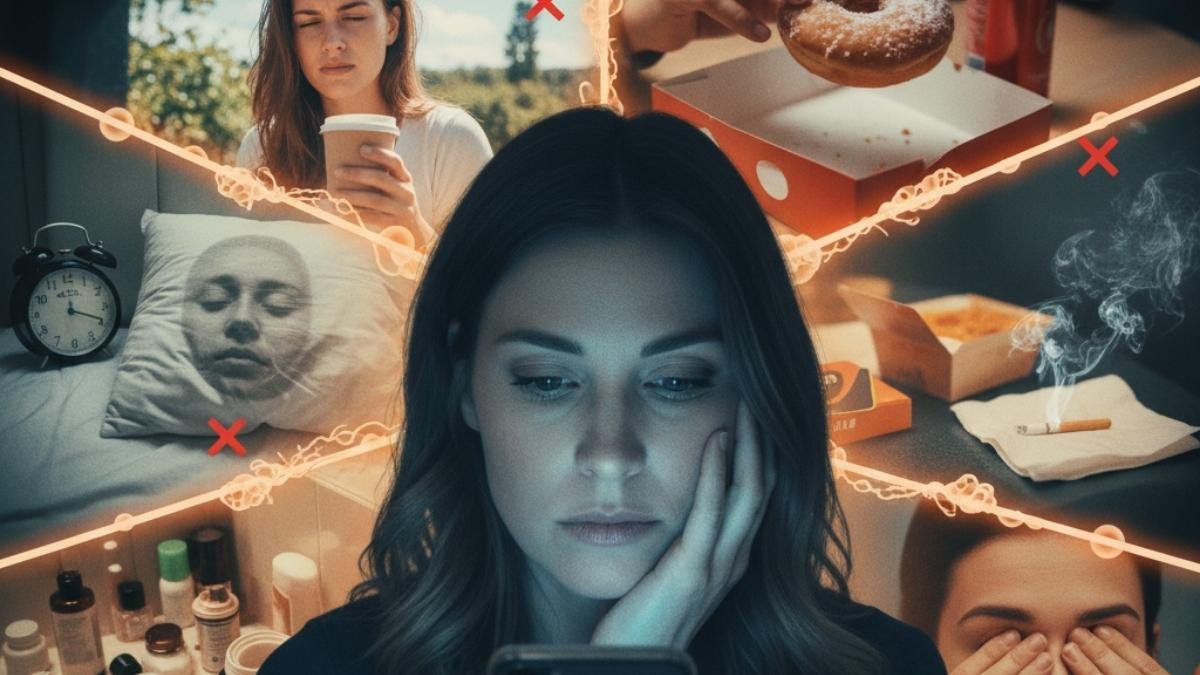
Staring into the mirror under harsh light, you spot it: a delicate line, near your eye or creasing your forehead, that you swear wasn’t there yesterday. The first reaction is universal: ‘This is the beginning.’ It’s easy to dismiss it as an inevitable consequence of getting older or a hand-me-down from our parents. We simply accept it as part of the bargain.
But what if I told you that’s not the whole story? Not even close.
Here’s the thing that blew my mind when I really dug into the science: an estimated 80% to 90% of the stuff we call “skin aging”—the wrinkles, the spots, the loss of firmness—has almost nothing to do with the number of candles on your birthday cake. It’s caused by a collection of everyday habits and environmental factors.
Why You Have More Control Over Wrinkles Than You Think

Let’s break that down. There are two ways we age. The first is intrinsic aging, and that’s the genetic lottery. It’s the slow, natural process where our skin produces less collagen and oil over decades. It’s unavoidable. But then there’s extrinsic aging, and this is where you get to rewrite the script. This is the damage caused by the sun, pollution, and a bunch of little things we do every day without even thinking about it. This is what causes the deep, coarse wrinkles and uneven texture that make us feel like we’re aging in fast-forward.
And honestly, this is fantastic news. Because it means you’re not just a passenger on this ride. You’re in the driver’s seat.
These 11 mistakes don’t happen in a vacuum. They’re all connected, creating what I like to call the “Wrinkle Matrix.” Think of it like this: smoking and sun exposure together are way more destructive than either one on its own. To really get a handle on this, you just need to understand three core ways your skin gets damaged:
- The Scaffolding Crumbles (Collagen & Elastin Breakdown): These proteins are like the rebar and support beams for your skin. A lot of these mistakes unleash enzymes that just go to town, breaking them down.
- Cellular Chaos (Oxidative Stress): This is a fancy term for when unstable little molecules called free radicals run wild, damaging everything in their path, including your DNA. It’s a major driver of aging.
- The Shield Goes Down (A Weakened Skin Barrier): Your skin’s outer layer is a bodyguard. It keeps moisture in and threats out. When it’s weak, your skin gets dehydrated, inflamed, and vulnerable.
Once you get these concepts, everything else clicks into place. You start to see why these habits matter and, more importantly, how the fixes actually work. And look, this isn’t just about vanity. The number one cause of premature wrinkles—the sun—is also the number one cause of most skin cancers. So the very things you do to keep your skin looking smooth are the same things you do to keep it healthy for life.
The World Outside—What Your Skin Is Up Against Every Day
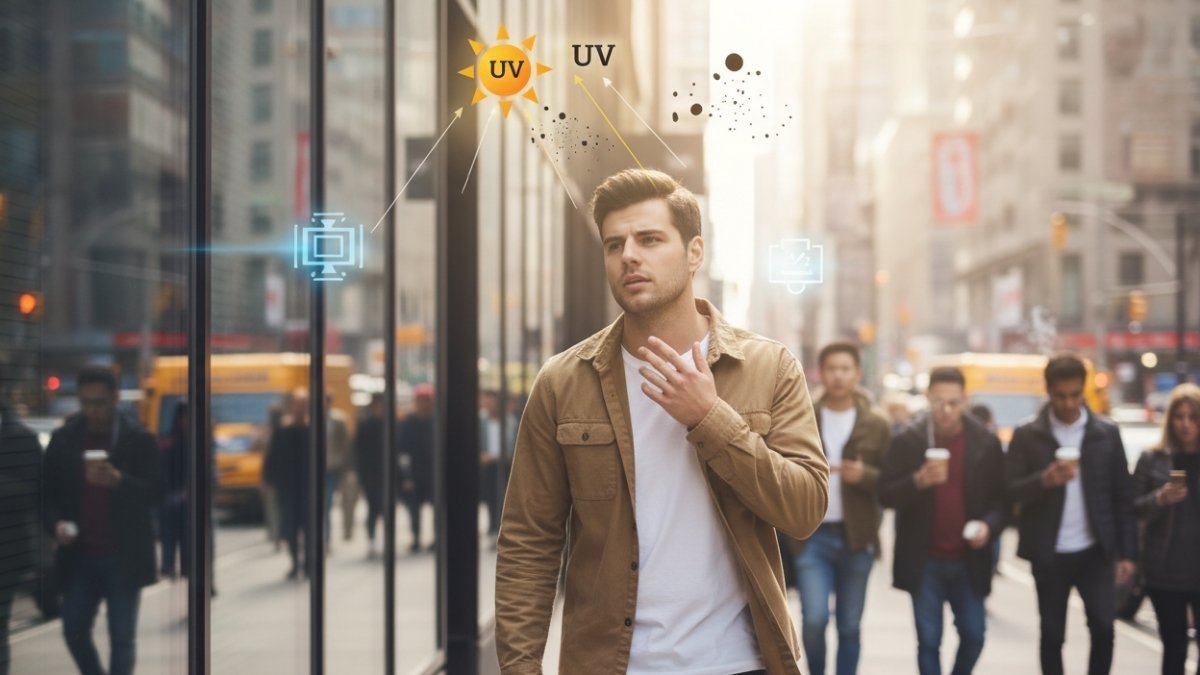
Your skin is your frontline defense against the world. It’s tough, but it takes a beating from environmental forces we often don’t even see. Let’s talk about the big ones that are silently weakening its defenses.
The Main Culprit: Let’s Be Real About the Sun

If you take only one thing away from this entire article, let it be this: the sun is the single biggest cause of premature skin aging. Period. The science is crystal clear on this. That process even has its own name: photoaging. We’re talking about something responsible for around 80% of the aging you see on your face—a number that can climb to 90% for some people. This fact alone makes sun protection the undisputed king of any anti-aging strategy.
So what’s actually happening when the sun hits your skin? It’s a full-on assault at the cellular level.
- It Goes Deep: The sun emits different kinds of UV rays. UVA rays make up about 96% of what reaches us, and they’re sneaky. They have a longer wavelength that lets them dive deep into the dermis, the layer where all your precious collagen and elastin live. UVB rays are the ones that cause sunburn on the surface.
- It Creates Chaos: When your skin absorbs that UV energy, it starts churning out those nasty little molecules called free radicals (or Reactive Oxygen Species). Think of them like tiny pinballs bouncing around inside your cells, causing damage everywhere they go. This is oxidative stress.
- It Unleashes the Demolition Crew: That oxidative stress flips a switch, telling your body to produce enzymes called matrix metalloproteinases (MMPs). The job of these MMPs? To break down your collagen. Your body tries to repair the damage, but after repeated sun exposure, it gets sloppy. It ends up creating disorganized, weak fibers. The result is what we see in the mirror: deep wrinkles, sagging, rough texture, and brown spots.
Here’s a huge myth we need to bust: the damage isn’t just from those bad sunburns you got as a kid. The effects of the sun are cumulative. It all adds up. And honestly, it’s the little bits of daily, incidental exposure that do the most harm over a lifetime—walking to your car, driving, sitting by a window at work. The Skin Cancer Foundation points out that you only get about 23% of your lifetime sun exposure by the time you’re 18. That means the vast majority of the damage happens in adulthood, from moments you don’t even think about.
This changes everything. It means sunscreen isn’t just for the beach. It’s a daily, non-negotiable habit, like brushing your teeth. Even on cloudy days. Even in the winter.
The City Smog: How Pollution Gets Under Your Skin

It’s not just the sun. If you live in a city, your skin is dealing with another invisible enemy: air pollution. We’re talking about tiny particles from traffic and factories—particulate matter (PM), soot, and gases—that are floating around in the air.
This stuff is bad news for your skin. These microscopic particles can stick to your skin, and some are small enough to actually get past your skin’s barrier. Once inside, they trigger chronic inflammation and, you guessed it, a whole new wave of free radicals and oxidative stress. This leads directly to more collagen breakdown and the formation of wrinkles and dark spots. Study after study has shown a clear link between living in polluted areas and looking older, faster.
And here’s where it gets worse. The sun and pollution are like a villainous duo. When they team up, a phenomenon called “photopollution,” their combined effect is way more damaging than either one alone. The sun weakens your skin’s barrier, making it easier for pollutants to get in. At the same time, pollution eats up your skin’s natural supply of antioxidants, like vitamins C and E, leaving it defenseless against the sun’s next attack. It’s a vicious cycle that highlights why you need a two-part defense: sunscreen to block the UV rays, and a good cleansing routine plus antioxidants to deal with the pollution.
The Screen Glare: What Blue Light Is Doing to Your Face

Okay, let’s talk about the new kid on the block: High-Energy Visible (HEV) light, or what we all call “blue light.” The sun is still the biggest source, but we’re now getting a constant, low-level dose from our smartphones, laptops, and LED lights.
The main concern with blue light is how deep it goes. It actually penetrates deeper into the skin than even UVA rays, reaching right down into the dermis where your collagen and elastin are hanging out. And just like UV light, it generates those cell-damaging free radicals, contributing to oxidative stress and speeding up the aging process.
The science is still evolving, but early research suggests that chronic blue light exposure can lead to stubborn hyperpigmentation (especially in darker skin tones), rougher skin, and dehydration. And here’s the kicker: your regular sunscreen probably isn’t protecting you from it. To fight back against blue light, you need two things: topical antioxidants (like a good vitamin C serum) to neutralize the free radicals, and a broad-spectrum sunscreen that contains iron oxides. These are minerals that often give sunscreens a tint, and they’re great at blocking visible light, including the blue part of the spectrum.
The Inside Job—How What You Eat and Drink Shows Up on Your Face

While the environment is attacking your skin from the outside, some of our favorite habits are waging a war from within. Let’s get real about how tobacco, sugar, and alcohol are changing your skin’s chemistry and fast-tracking the aging process.
The Unfiltered Truth: Smoking’s All-Out Assault on Your Skin
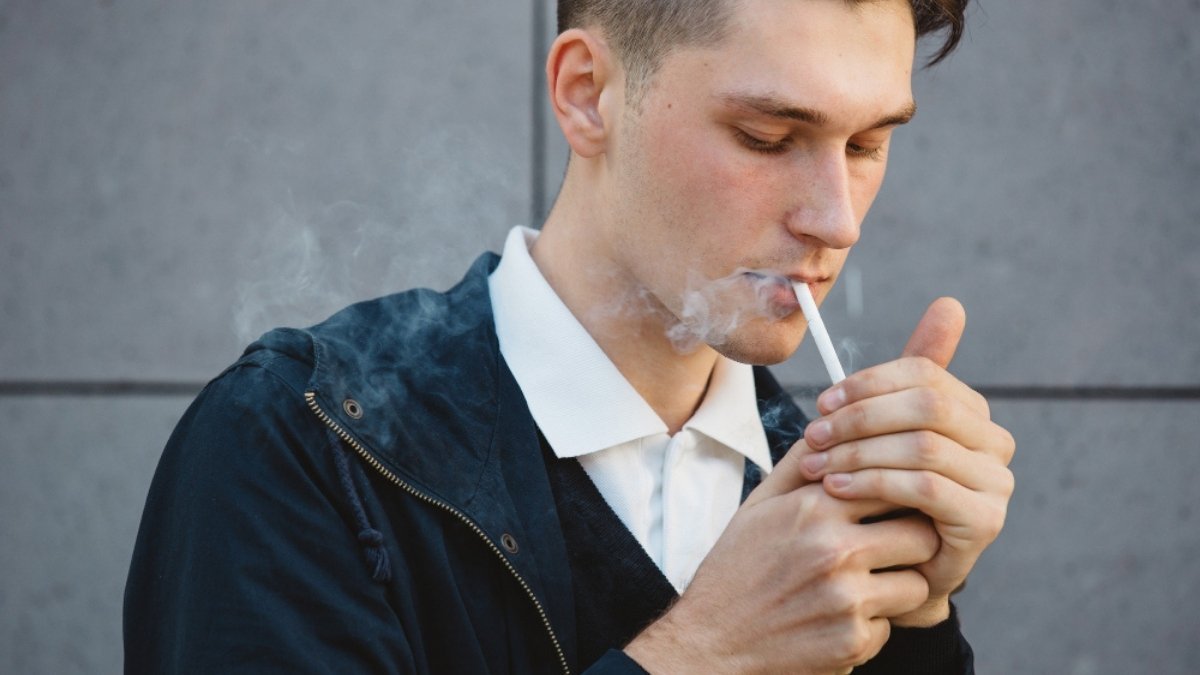
After the sun, smoking is public enemy number two for your skin. The evidence is just undeniable. Smokers consistently look older than non-smokers—one study found they look almost five years older on average. But the most powerful proof comes from a famous study of identical twins. The twin who smoked had skin that was a shocking 40% thinner than their non-smoking sibling. This damage leads to what doctors call a “smoker’s face”: a dull, grayish complexion with deep wrinkles and sagging skin.
Smoking is so uniquely destructive because it attacks your skin from every possible angle.
Here’s the internal damage it’s doing:
- It Strangles Your Skin: Nicotine is a vasoconstrictor, meaning it squeezes your blood vessels shut. This drastically cuts down blood flow, starving your skin of the oxygen and nutrients (like vitamin A) it desperately needs to repair itself and look healthy.
- It Sabotages Your Collagen: Smoking is a collagen-killing machine. It actively reduces your body’s ability to make new collagen. As if that’s not bad enough, it also ramps up the production of those MMP enzymes—the demolition crew we talked about earlier—that break down the collagen you already have. It’s a recipe for disaster.
- It Unleashes an Avalanche of Oxidative Stress: Every puff floods your body with over 7,000 chemicals, many of which create a massive storm of free radicals. This overwhelms your skin’s natural antioxidant defenses, causing widespread damage that speeds up every single aspect of aging.
And while all that is happening on the inside, the physical act of smoking is causing damage on the outside. The constant puckering of your lips to take a drag and the squinting to keep smoke out of your eyes etches deep lines around your mouth and eyes—in skin that’s already been weakened from the inside out.
The Sugar Effect: How Sweets Are Stiffening Your Skin

You know how sugar gets sticky? Well, something similar happens inside your body. A diet high in sugar and refined carbs ages your skin through a process called glycation. Here’s how it works: when you have excess sugar floating around in your bloodstream, those sugar molecules start latching onto proteins, including the collagen and elastin in your skin.
This creates nasty new molecules called Advanced Glycation End-products, or A.G.E.s for short. Think of it like caramelization. Just as sugar turns brown and brittle in a hot pan, glycation essentially “caramelizes” your skin’s support structure. Your normally bouncy, flexible collagen fibers become stiff, rigid, and weak. This glycated collagen can’t repair itself properly and is more easily damaged by other things, like the sun.
This internal stiffening shows up on your face as wrinkles, sagging, and a dull, sallow complexion. Dermatologists even have a term for it: “sugar face,” which describes that puffy, inflamed look that comes from a chronically high-sugar diet. And remember, it’s not just about cake and candy. Simple carbs that your body turns into sugar in a flash—like white bread, pasta, and soda—are just as guilty.
The Dehydration Trap: What Alcohol Is Really Doing

A fun night out can leave its mark on your face the next morning, and it’s mainly because of one thing: dehydration. Alcohol is a diuretic, which is a fancy way of saying it makes you pee a lot, flushing water out of your system. When you’re dehydrated, your body is smart—it pulls water from less essential tissues, like your skin, to send it to your vital organs. The result? Your skin cells shrivel up like tiny raisins, making every fine line and wrinkle look ten times more obvious.
But it’s not just about dehydration. Alcohol also brings a few other party-crashers:
- Inflammation: Alcohol causes inflammation and makes the tiny blood vessels in your face dilate, which is why you get flushed. Over time, with heavy drinking, those capillaries can get permanently stretched out, leading to constant redness and broken blood vessels.
- Nutrient Depletion: It messes with your body’s ability to use key skin-loving nutrients, especially vitamin A, which is a powerhouse antioxidant that helps with cell turnover and collagen production.
- Bad Sleep: You might pass out faster after a few drinks, but the quality of your sleep is terrible. Alcohol messes with the deep, restorative stages of sleep. This directly sabotages your skin’s all-important overnight repair process, which we’ll get into next.
The Silent Saboteurs—How Sleep, Stress, and Even Your Pillow Are Shaping Your Face

Some of the biggest wrinkle culprits are the ones we don’t even notice. They’re the unconscious habits and patterns that work behind the scenes, slowly breaking down our skin’s structure and etching lines into our faces.
The Night Shift Interrupted: The Real Cost of Bad Sleep
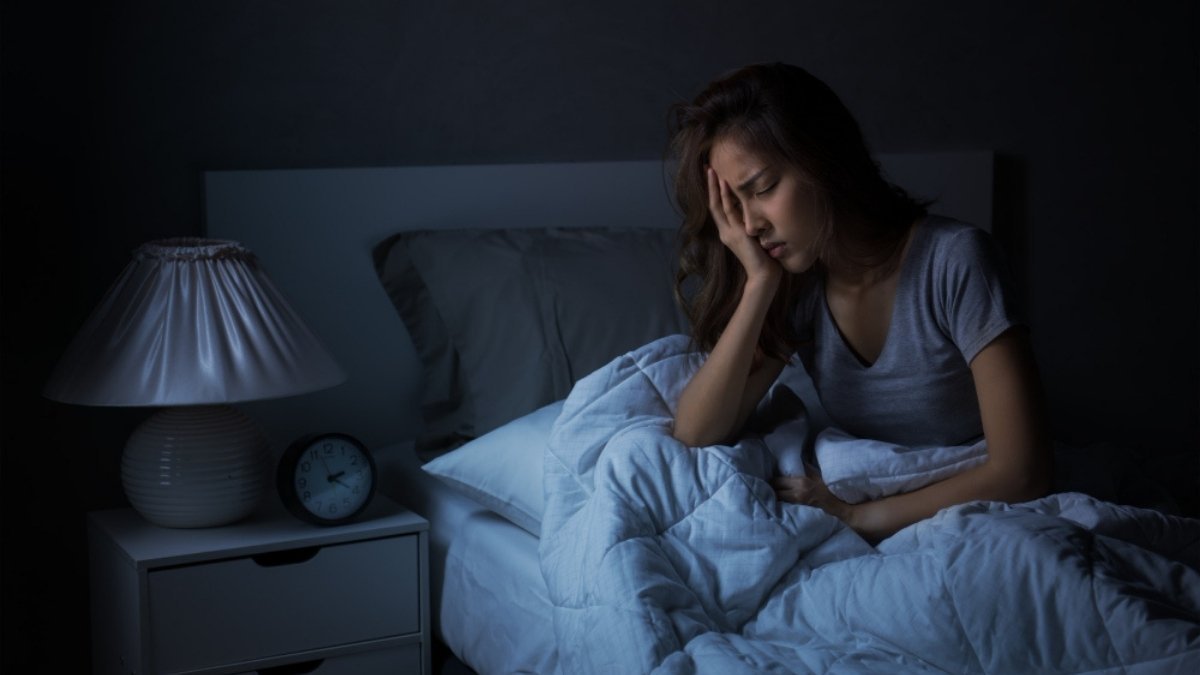
“Beauty sleep” isn’t just a cute phrase; it’s a biological command. Nighttime is when your skin clocks in for its most important shift: repair and regeneration. During deep sleep, your body releases human growth hormone, which is crucial for building new collagen and fixing the damage from the day’s stressors (like sun and pollution). Blood flow to the skin also ramps up, delivering a fresh supply of oxygen and nutrients to fuel the reconstruction.
When you don’t get enough quality sleep, you’re basically calling off the entire repair crew. And the results are visible. In a major clinical study, women who consistently slept for less than five hours a night showed twice the signs of skin aging—more fine lines, uneven color, and less elasticity—than women who got a solid seven to nine hours. The same study found that the skin of poor sleepers was 30% worse at healing itself after being stressed.
So what’s the link? A big part of it is a hormone called cortisol. When you’re sleep-deprived, your body gets stressed and pumps out more of it.31 And as you’re about to see, cortisol is a collagen killer.
The Stress Effect: How Cortisol Corrodes Your Collagen

We all know chronic stress feels bad, but it also makes you look older. This isn’t just in your head; it’s a direct biochemical process. When you’re constantly stressed, your body is in a perpetual state of “fight or flight,” which means it’s marinating in the stress hormone cortisol.
And chronically high levels of cortisol are absolutely brutal for your skin. Research has shown, without a doubt, that cortisol sabotages your collagen. It actively blocks the production of new collagen. One study was particularly jaw-dropping: applying a cortisol-like substance to skin reduced the signals for collagen production by 70%, which led to an 80% drop in actual collagen protein. On top of that, cortisol also weakens your skin’s protective barrier, making it thinner, more fragile, and less able to hold onto moisture.
Here’s where it all connects in a vicious cycle. Stress messes up your sleep. Lack of sleep is a stressor that makes your body produce more cortisol. All that cortisol breaks down your collagen, making you look tired and aged. Seeing those changes in the mirror can then, you guessed it, cause more stress. Breaking this cycle is key, and you can jump in at any point—better sleep habits, a five-minute meditation session—to start a positive chain reaction.
The Pressure Is On: When Your Expressions and Pillow Leave a Mark

The last group of silent saboteurs is the physical forces we put on our faces every single day. They create two totally different kinds of wrinkles.
Expression lines are the ones we earn from a life well-lived—from smiling, laughing, frowning, and squinting. When you’re young, your skin is full of bouncy collagen and elastin, so it just springs right back into place. But as we get older and that support structure weakens (thanks to all the other factors we’ve talked about), the skin loses its ability to bounce back. After thousands and thousands of repetitions, those temporary grooves become permanent wrinkles.
Sleep wrinkles, on the other hand, aren’t from muscle movement at all. They’re from the pure mechanical force of your face being squished, stretched, and folded against a pillow for hours on end. If you’re a side or stomach sleeper (which about 61% of us are), you’re basically ironing wrinkles into your skin while you sleep. You can often tell them apart because they tend to be more vertical, while expression lines are usually horizontal.
The fix for expression lines is to protect your skin’s underlying structure so it stays resilient. For sleep wrinkles, the fix is mechanical: try to sleep on your back, or switch to a silk or satin pillowcase. The slicker fabric reduces friction, so your skin glides instead of getting tugged and folded.
Now, it’s worth noting that the science on sleep wrinkles isn’t totally settled. At least one study didn’t find a strong connection between which side people slept on and how many wrinkles they had on that side.19 So while it’s a factor, it’s probably not as big a deal as, say, wearing sunscreen.
The Foundational Flaws—Getting Your Skincare Basics Right
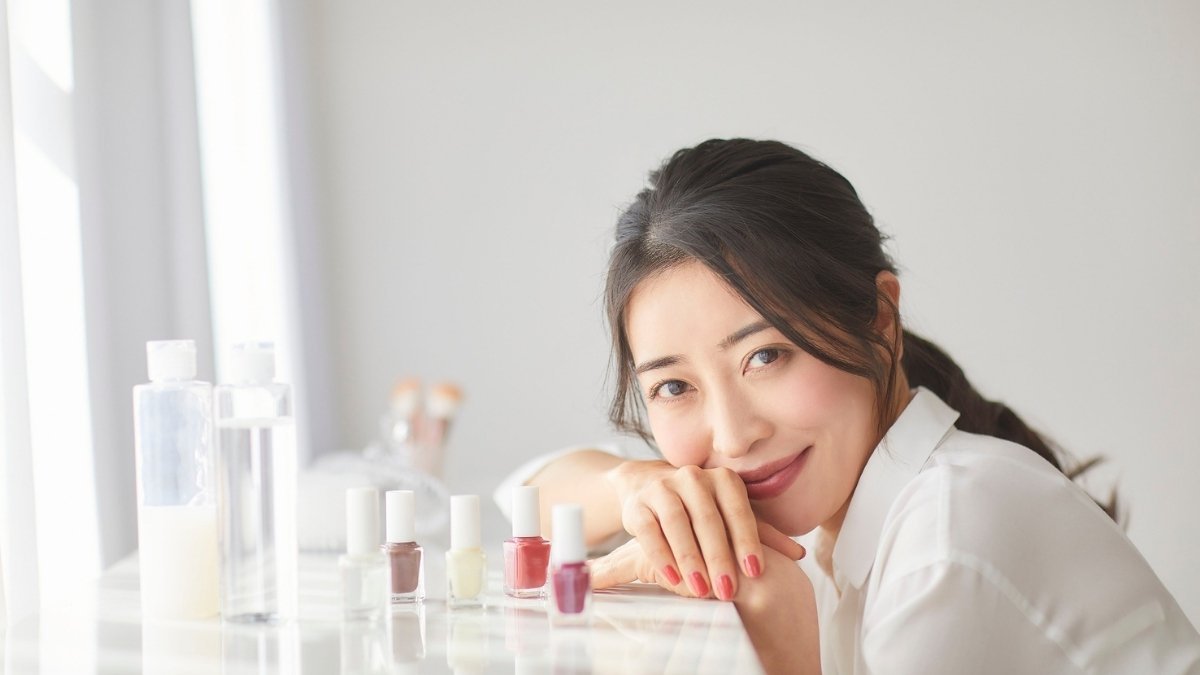
We spend so much time talking about the bad things we do to our skin, but sometimes the biggest problem is what we don’t do. A basic skincare routine isn’t a luxury; it’s fundamental maintenance. Skipping it is like leaving the front door unlocked—you’re inviting trouble in.
Mistake: Thinking of Skincare as a “Fix” Instead of a “Defense”
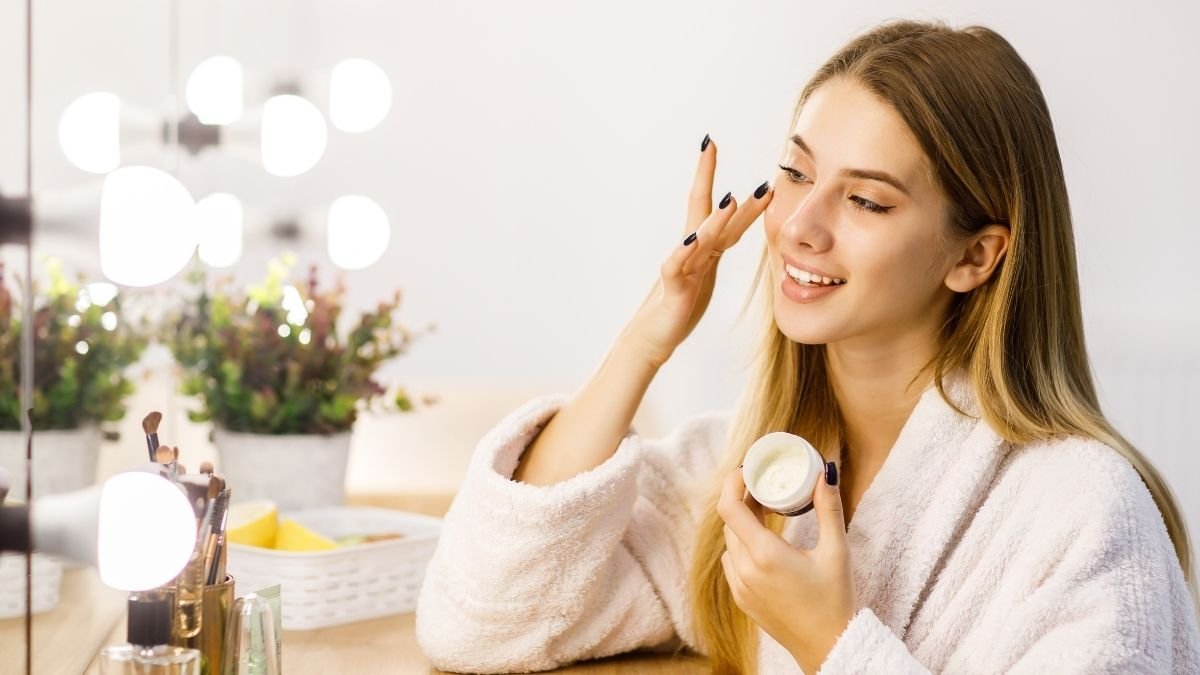
So many of us only reach for “anti-aging” creams after we see a problem. But a good, simple skincare routine is first and foremost a defensive strategy. It’s about protecting your skin from the daily assault so it doesn’t get damaged in the first place. Failing to do this is one of the biggest mistakes you can make.
Here are the most common (and most damaging) missteps:
- Skipping Sunscreen: I know, I sound like a broken record, but this is the cardinal sin of skincare. UV rays are the #1 cause of premature aging. The American Academy of Dermatology and The Skin Cancer Foundation aren’t kidding when they say you need a broad-spectrum sunscreen with an SPF of 30 or higher, every single day, all year round.
- Not Washing Your Face at Night: Going to bed with makeup, sunscreen, and the day’s pollution on your face is a disaster. That grime clogs your pores and prevents your skin from doing its essential overnight repair work.5 Plus, it means all those free radicals from pollution get to keep damaging your skin for hours longer than they should.
- Forgetting to moisturize: You know how a grape turns into a raisin? That’s what happens to your skin cells when they’re dehydrated. They shrivel up, which makes fine lines look way more obvious. Moisturizer’s main job is to support your skin’s natural barrier. It traps water in the skin, keeping that barrier healthy and strong. A strong barrier is better at keeping out pollutants and irritants. So while moisturizer won’t magically erase deep wrinkles, it plumps up your skin, makes fine lines less visible, and keeps your defenses up.
- Going Overboard with Scrubs: Exfoliating is good, but scrubbing your face like you’re trying to sand a floor is not. Using harsh scrubs or too many chemical exfoliants can strip your skin of its natural oils and destroy that protective barrier. This leads to inflammation, dryness, and sensitivity—all things that speed up aging.
When you reframe your routine this way—cleansing to remove the bad guys, moisturizing to strengthen the shield, and sunscreen to block the biggest enemy—it stops feeling like a chore and starts feeling like a fundamental act of self-care.
Your Action Plan—An Evidence-Based Blueprint for Resilient Skin

Okay, that was a lot of information. But knowledge is only powerful if you can turn it into action. So let’s cut through the noise and build a simple, practical plan. This isn’t about a 20-step routine you’ll abandon in a week. It’s about prioritizing the things that make the biggest difference.
The Non-Negotiables (The 2 Things That Matter Most)
If you do nothing else, do these two things. They are the absolute foundation of healthy skin.
- Get Serious About Sun Protection: This is it. The single most effective anti-aging strategy on the planet.
- Sunscreen Every Single Day: Broad-spectrum, SPF 30 or higher. Every. Single. Morning. Rain or shine, summer or winter. Put it everywhere the sun will touch.
- Reapply: If you’re outside for a while, reapply it every two hours. More if you’re swimming or sweating.
- Cover Up: Sunscreen is great, but it’s not a suit of armor. Wear a wide-brimmed hat and sunglasses. They’re not just stylish; they’re essential tools.
- Be Smart: Stay out of the direct sun during the peak hours (usually 10 a.m. to 4 p.m.) and please, for the love of your skin, never use a tanning bed.
- Quit Smoking: There is no “cutting back” when it comes to your skin. Quitting is the only answer. The good news is that your skin starts to recover almost immediately. Within weeks, your circulation improves, bringing color back to your face. Over months, your body’s natural collagen-making machinery can start to get back on track.
The Lifestyle Pillars (Fixing Things from the Inside Out)
These are the habits that support your skin’s natural ability to repair itself and stay strong.
- Eat an Anti-Glycation Diet: This sounds complicated, but it’s simple: eat less sugar. Cut back on sweets, sodas, white bread, white rice, and processed foods. Instead, load up on antioxidant-rich foods like colorful fruits and veggies, lean protein, and healthy fats from things like olive oil, avocados, and fish. These foods help fight oxidative stress and give your skin the building blocks it needs.
- Prioritize Your Sleep: Aim for 7 to 9 hours of quality sleep a night. This gives your skin’s repair crew a full shift to do its job. Create a routine: go to bed and wake up around the same time, make your room cool and dark, and avoid caffeine and alcohol right before bed.
- Manage Your Stress: To fight back against that collagen-killing cortisol, find healthy ways to de-stress. It doesn’t have to be an hour of meditation (unless that’s your thing). It can be a 10-minute walk, listening to music, playing with a pet, or calling a friend. Regular exercise is also a fantastic stress-buster.
- Hydrate Smarter: Drink plenty of water throughout the day to keep your skin cells plump and happy. And when you do drink alcohol, try to have a glass of water for every alcoholic beverage. It makes a huge difference.
The Supportive Routine (Your Daily Defense)
This is about building a simple, consistent skincare routine that protects your skin barrier and delivers some extra help.
- The Foundational Three: You don’t need a dozen products. You need consistency with the basics.
- Cleanse: Every night, gently wash your face to get rid of the day’s grime.
- Moisturize: Morning and night. This keeps your skin hydrated and your protective barrier strong.
- Protect: Sunscreen every morning. It’s the last step of your routine.
- Call in the Experts (Optional but Effective): If you want to level up, there are a few ingredients with tons of science behind them.
- Retinoids: These are the gold standard. They’re a form of vitamin A that speeds up cell turnover and, most importantly, tells your skin to make more collagen
- Antioxidants: A Vitamin C serum in the morning is like a second layer of defense under your sunscreen. It helps neutralize any free radicals that get through.
Need a Little Help? A Few Products to Get You Started
Knowing what to do is one thing, but navigating the crowded skincare aisle is another. It can be overwhelming. To make it easier, here are a few highly-rated products that align with the core principles we’ve talked about. Think of these as solid, no-fuss starting points to build your defensive routine.
1. For Daily Sun Protection: EltaMD UV Clear Face Sunscreen SPF 46

This one is a cult favorite for a reason. It’s a broad-spectrum, mineral-based sunscreen that’s lightweight, oil-free, and won’t leave you looking like a ghost. Because it’s so comfortable to wear every day, you’ll actually stick with it—and consistency is everything when it comes to sun protection.
2. For Antioxidant Defense: TruSkin Vitamin C Serum

To fight off those free radicals from pollution and blue light, a Vitamin C serum is your best friend. This one from TruSkin is a massive bestseller on Amazon, blending Vitamin C with Hyaluronic Acid and Vitamin E. It’s a straightforward, affordable way to give your skin that extra layer of antioxidant protection we talked about.
3. For Collagen Support: La Roche-Posay Retinol B3 Serum

When you’re ready to bring in the “gold standard” for tackling fine lines, this is a great place to start. It combines pure retinol with Vitamin B3 (niacinamide) to help soothe the skin, making it a gentler option for those new to retinoids. It works to support collagen and speed up cell turnover while you sleep.
4. For Barrier Support & Hydration: Neutrogena Hydro Boost Water Gel

A healthy skin barrier needs moisture, and this moisturizer is packed with hyaluronic acid, which acts like a sponge to draw water into the skin. Its lightweight, gel-like texture absorbs quickly and provides serious hydration without feeling heavy, making it perfect for keeping your skin plump and your barrier strong.
5. For Gentle Cleansing: Vanicream Gentle Facial Cleanser

Washing off the day’s pollution and grime is crucial, but you don’t want to strip your skin in the process. This cleanser is a dermatologist’s favorite because it’s incredibly gentle and free of common irritants like dyes, fragrance, and sulfates. It does the job of cleaning your skin perfectly without compromising your all-important skin barrier.
Conclusion: This Is About Aging on Your Own Terms
So, let’s go back to that moment in front of the mirror. Seeing a new line doesn’t have to feel like a defeat. The science is overwhelmingly clear: the story of how your skin ages is largely yours to write. The idea that it’s all just genetics is a myth. The real story is about the sun, your habits, and the small, consistent choices you make every day.
This shifts everything. It moves the power from a fancy, expensive jar of cream back to you. The most powerful anti-aging tools are the simple, preventative ones. And the best part? The habits that protect you from wrinkles—like wearing sunscreen and quitting smoking—are the same habits that protect you from skin cancer. It’s not about vanity; it’s about health.
The “Wrinkle Matrix” shows us how interconnected everything is. When you improve your sleep, you lower your stress hormones. When you eat better, you give your skin the antioxidants it needs to fight off environmental damage. It all works together.
Ultimately, this isn’t about trying to look 25 forever. It’s about having skin that is healthy, resilient, and reflects the vitality you feel on the inside. It’s about understanding the science so you can make informed choices. It’s about aging gracefully, powerfully, and completely on your own terms.






